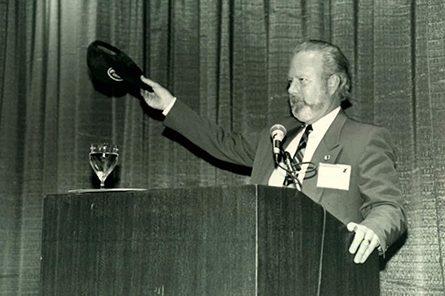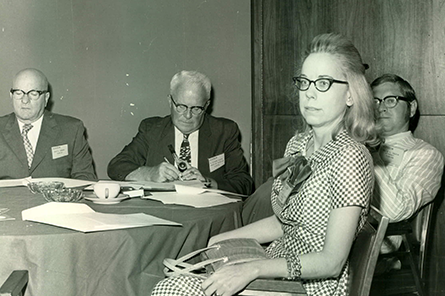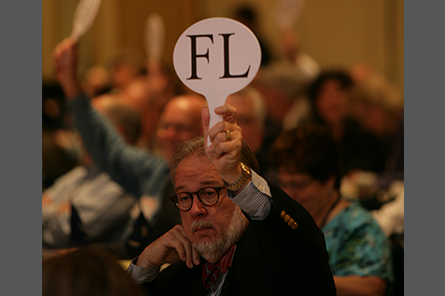Florida
Law Passed: 1915 • Joined NCARB: 1921 • Region 3—Southern (1964)
The Components of Licensure
Education
Experience
Examination
Noteworthy
The 1915 Act allowed for the creation of a course of architecture at the University of Florida. Any surplus of fees remaining after all expenditures were to be used to fund the course.
The first applicants for licensure to practice architecture were reviewed and approved at the September 9, 1915, board meeting, totaling 64 certificates.
In 1979, public members were added to the board.
In 1988, a dual board of architects and interior designers was formed, with five architects, two interior designers, and two public members.
The board’s first disciplinary case was pursued in 1924 for negligence and gross incompetence in design and construction. In 2002, the board’s statute was amended to better pursue disciplinary action with the assistance of outside legal services. As a result, the number of investigations and disciplinary actions increased dramatically.
In 2018, Florida licensed the first three graduates from NCARB’s Integrated Path to Architectural Licensure (IPAL) program at University of Florida CityLab-Orlando. They were the first students to complete the program in the United States.


